Nationality United States Name Britton Chance | Role Olympic athlete | |
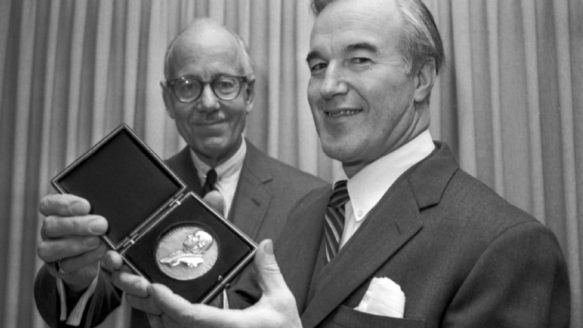 | ||
Born July 24, 1913Wilkes-Barre, Pennsylvania ( 1913-07-24 ) Alma mater University of Pennsylvania (B.A) (1935)University of Pennsylvania (M.A.) (1936)University of Pennsylvania (Ph.D) (1940)Cambridge University (Ph.D) (1942) Known for Enzyme kineticsOptical imagingMRI Books Optical Tomography and Spectroscopy of Tissue VII: 21-24 January 2007, San Jose, California, USA Education University of Cambridge (1942), University of Pennsylvania (1940) Olympic medals Sailing at the 1952 Summer Olympics – 5.5 Metre | ||
Biomedical optics pioneer britton chance in an interview from october 2004
Britton Chance (July 24, 1913 – November 16, 2010) was the Eldridge Reeves Johnson University Professor Emeritus of Biochemistry and Biophysics, as well as Professor Emeritus of Physical Chemistry and Radiological Physics at the University of Pennsylvania School of Medicine.
Contents
- Biomedical optics pioneer britton chance in an interview from october 2004
- Derecktor 40 Britton Chance design Revelation For sale with wwwberthonusacom
- Early life and education
- Career
- Olympic
- Awards and recognitions
- Academic awards
- Awards named after Britton Chance
- References
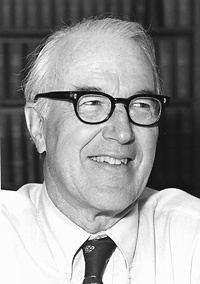
At the 1952 Summer Olympics, Chance won a gold medal in sailing.
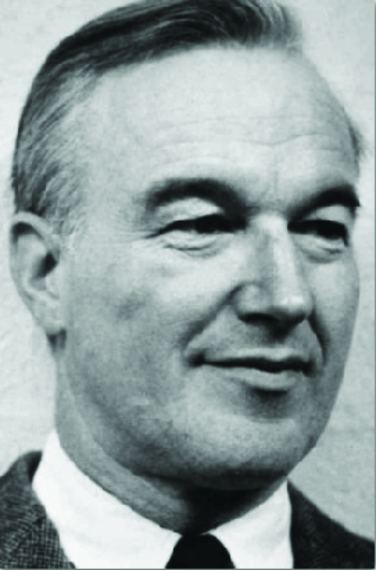
Derecktor 40 Britton Chance design "Revelation" For sale with www.berthonusa.com
Early life and education
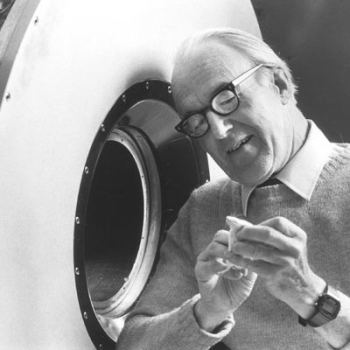
Chance was born in Wilkes-Barre, Pennsylvania. He received a B.A. (1935), M.A. (1936), and Ph.D. degree in Physical Chemistry (1940) at the University of Pennsylvania, where he was a member of St. Anthony Hall.
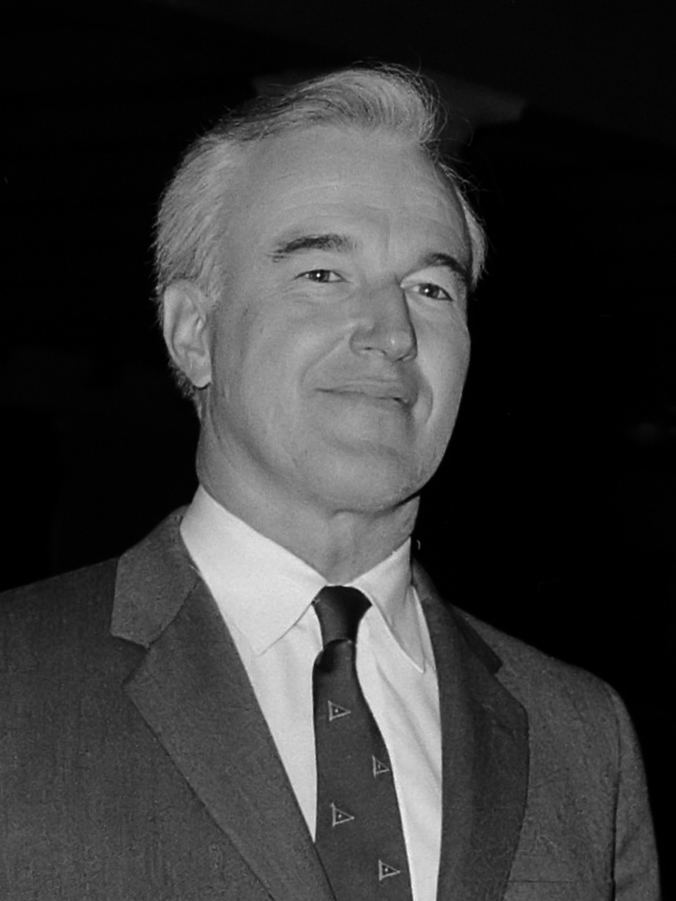
Chance earned a second Ph.D. at Cambridge University in 1942 in Biology/Physiology.
Career
During World War II, Chance worked for the Radiation Laboratory at the Massachusetts Institute of Technology which was working on the development of radar. In 1952, he received his D.Sc. from Cambridge.
His research interests were diverse. He was promoted as the Professor of Biophysics at the University of Pennsylvania School of Medicine and appointed the second director of the Johnson Foundation, a position he held until 1983. He was then appointed E. R. Johnson Professor of Biophysics and Physical Biochemistry (later renamed as Biochemistry and Biophysics) in 1964 and University Professor in 1977.
In his early career, he was mainly working on enzyme structure and function. He had invented the now standard stopped-flow device to measure the existence of the enzyme-substrate complex in enzyme reaction. He was a pioneer in the numerical simulations of biochemical reactions and metabolic pathways.
In later years, while retaining his interest in those fields, he also focused on metabolic control phenomena in living tissues as studied by noninvasive technique such as phosphorus NMR and optical spectroscopy and fluorometry, including the use of infrared light to characterize the properties of various tissues and breast tumors.
Olympic
He won a gold medal for the United States at the 1952 Summer Olympics in the 5½ Meter Class, alongside Edgar White and Sumner White.
Awards and recognitions
Chance joined the United States National Academy of Sciences in 1952. He received the National Medal of Science in 1974. He was also previously elected a Foreign Member of the Royal Swedish Academy of Sciences, Medical Sciences, in 1968, as well as a Foreign Member of the Royal Society (London) in 1981. He died in the Hospital of the University of Pennsylvania, Philadelphia in November 2010.
